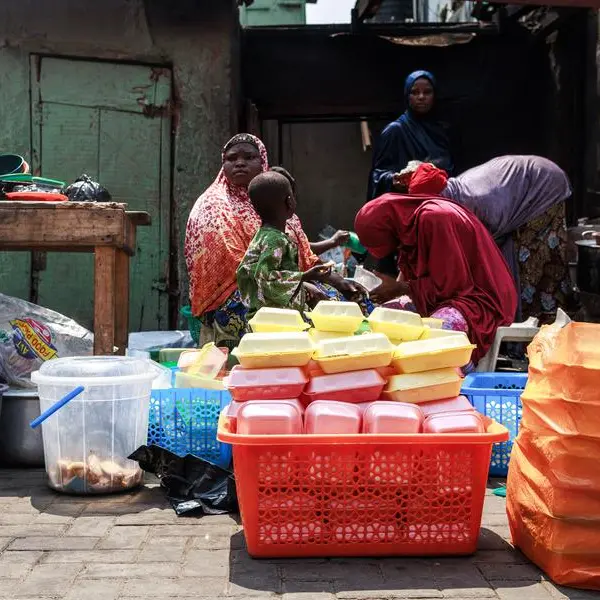PHOTO
Growth in Sub-Saharan Africa is expected to slow to 2.5% in 2023 from 3.6% in 2022, the World Bank said in its latest report on the continent.
Growth is projected to increase to 3.7 percent in 2024 and 4.1 percent in 2025, the October edition of its bi-annual publication 'Africa Pulse' authored by Andrew Dabalen and Cesar Calderon said.
Growth in the region has been inadequate to reduce extreme poverty and create jobs. Current growth generates only 3 million formal jobs annually, they said.
This leaves many young people underemployed and engaged in casual work that does not make full use of their skills. Creating jobs for the youth will turn the continent’s demographic wealth into an economic dividend, the report said.
The continued slump of the region’s large economies is dragging down Sub-Saharan Africa’s economic performance and there have been increased attempts to destabilize governments by unconstitutional or violent means, they write in the report.
The report notes that ongoing conflicts, contested elections, and economic challenges have caused instability in countries like the Democratic Republic of Congo, Ethiopia, Somalia, and Sudan.
Recent coups in Niger and Gabon are also a setback, it said. More than half of the countries in Sub-Saharan Africa (28 of 48) have been downgraded in their 2023 growth estimates.
"The region faces many challenges, including a "lost decade" of sluggish growth, persistently low per capita income, mounting fiscal pressures exacerbated by high debt burdens, and an urgent need for job creation," Dabalen and Calderon said in the report.
Although inflation has been receding, it is still above central bank targets in most countries in the region.
Inflation is expected to decline from 9.3% in 2022 to 7.3% in 2023. Yet, 18 countries in the region have average annual inflation rates of two digits or more in 2023, the report said.
The debt overhang continues to weigh heavily on Sub-Saharan African economies, the two authors said. Debt distress remains widespread, with 21 countries at high risk of external debt distress or in debt distress as of June 2023.
(Editing by Seban Scaria seban.scaria@lseg.com)























